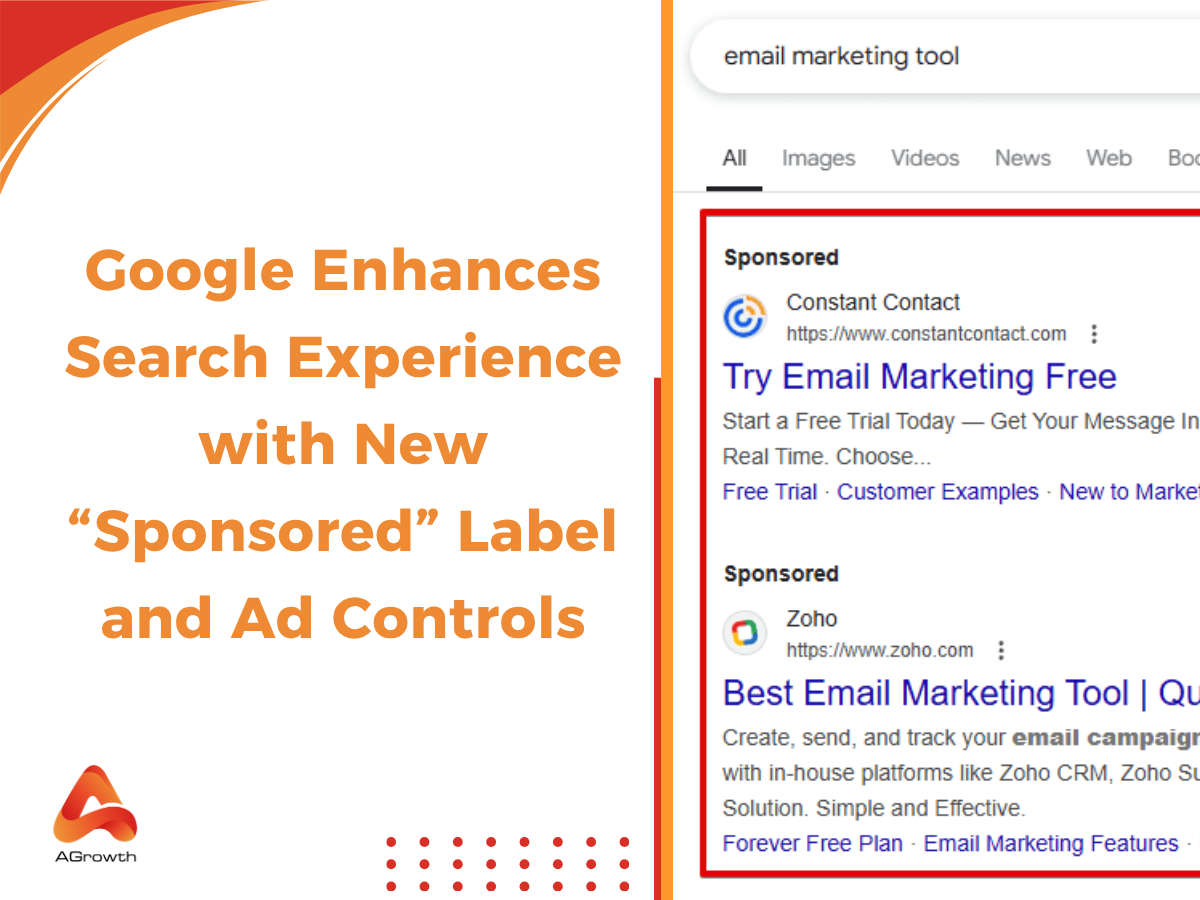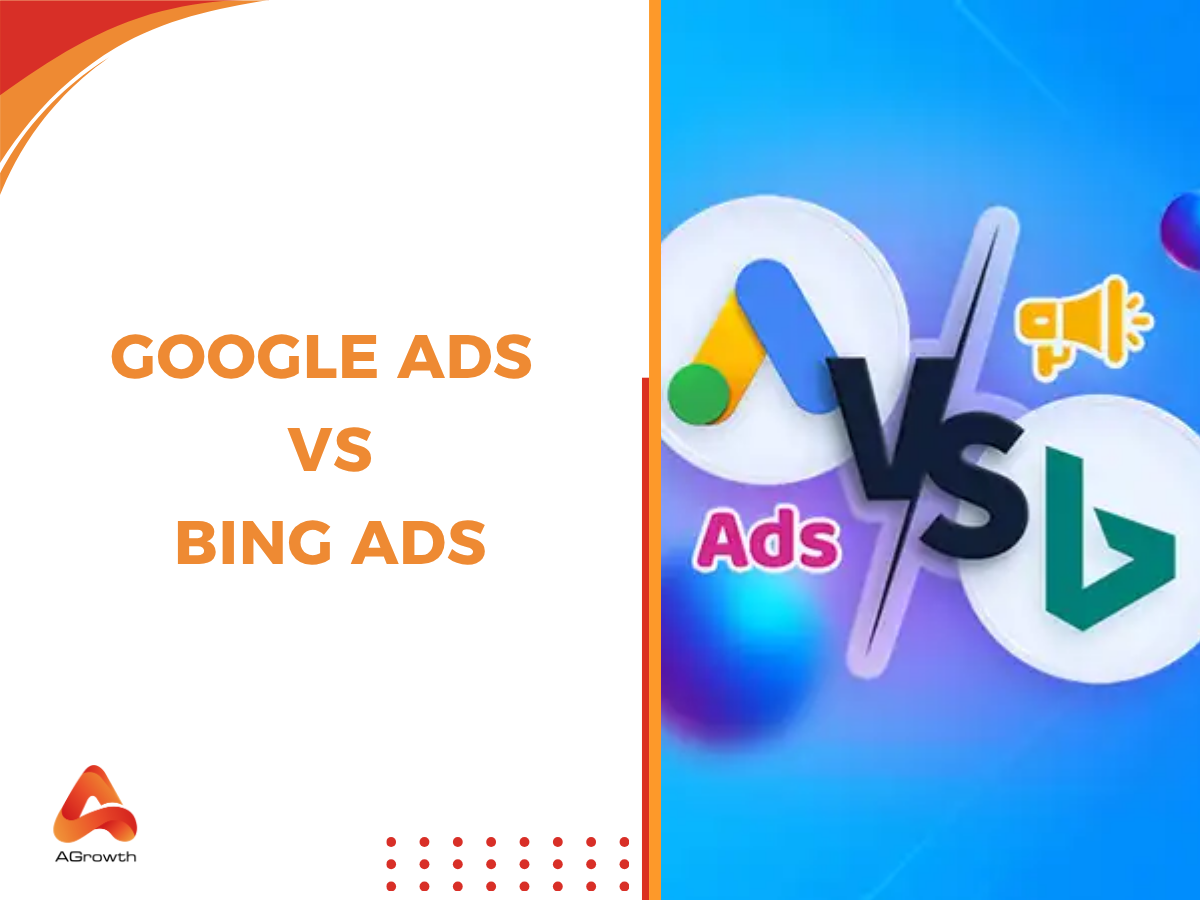
Table of Contents
Dynamic Keyword Insertion in Google Ads: From Syntax to Strategy
In Google Ads, relevance is what separates winning campaigns from wasted budgets. But when you're managing hundreds of keywords, creating unique, relevant ads is a near-impossible task. This is where Dynamic Keyword Insertion (DKI) comes in—a powerful feature that automates personalization at scale. This definitive guide will show you how to master DKI, from setup to advanced strategy, helping you boost CTR and avoid the costly mistakes that can derail your campaigns.
What Is Dynamic Keyword Insertion in Google Ads?
Dynamic Keyword Insertion is an advanced Google Ads feature that allows you to automatically customize your ad text to include the specific keyword that triggered the ad. As Google Ads Support puts it, "Keyword insertion lets you automatically update your ads with the keywords in your ad group that caused your ads to show." This creates a powerful, immediate connection between the user's search intent and the ad they see on the search results page.
Imagine you run an e-commerce store selling shoes. Instead of creating separate ads for “running shoes,” “tennis shoes,” and “basketball shoes,” you could write:
-
Headline: Buy {KeyWord:Shoes} Online
If a user searches for running shoes, the ad shows: Buy Running Shoes Online.
If another user searches tennis shoes, the ad shows: Buy Tennis Shoes Online.
This small change can significantly improve perceived relevance and CTR.
How Does Dynamic Keyword Insertion Work?
At its core, DKI works through syntax rules that tell Google which keyword to insert and what to display if no match is found
Technical explanation (keyword insertion syntax)
The core of DKI is a specific piece of code you place within your ad copy. The syntax is: {KeyWord:Default Text}.
Let's break this down:
-
{ } (Braces): These curly braces signal to Google Ads that this is not plain text but a command to be executed.
-
KeyWord: This is the placeholder. Google will attempt to replace this entire code snippet with the specific keyword from your ad group that was triggered by the user's search query. The capitalization of "KeyWord" matters, which we'll cover in the formatting section.
-
: (Colon): The colon separates the placeholder from your fallback option.
-
Default Text: This is the text Google Ads will use if the triggered keyword is too long to fit within the character limits or if, for any reason, it cannot be inserted. This is your safety net, ensuring your ad always makes sense.
Where DKI can be used :
You can leverage the power of DKI in several parts of your responsive search ads:
-
Headlines: This is the most common and impactful place to use DKI. A headline that mirrors the user's search query can dramatically increase click-through rates (CTR).
-
Descriptions: Using DKI in the description can further reinforce relevance, adding another layer of personalization.
-
Display URLs (Path fields): You can also use DKI in the path fields (the text that appears after your domain in the display URL).
Character limits
Ads in Google still respect character limits:
-
30 characters for headlines
-
90 characters for description
If the search query exceeds these limits, the default text appears instead. That’s why a carefully chosen default keyword is critical.
How to Use Dynamic Keyword Insertion
Implementing DKI is straightforward, but doing it strategically is what separates high-performing campaigns from messy ones. It involves more than just dropping the code into your headline; it requires careful consideration of your default text and formatting.
Dynamic Keyword Insertion Example
Let's build on our previous example. Suppose you run a shoe store with an ad group for "running shoes."
-
Your Ad Group Keywords: men's running shoes, trail running shoes, long-distance running shoes
-
Your DKI Headline: Shop {KeyWord:Running Shoes}
When a user searches for "trail running shoes," they'll see the highly relevant headline "Shop Trail Running Shoes." This direct match builds instant confidence that your link has what they're looking for.
Setting a Default Keyword
Your default keyword is your fallback plan. It must be a sensible, relevant, and grammatically correct phrase that can stand on its own while fitting within character limits. A good default keyword is typically a slightly broader but still highly relevant term for the ad group.
In the example above, "Running Shoes" is an excellent default. It’s relevant to all keywords in the ad group (men's, trail, long distance) and ensures that if a long-tail keyword is too lengthy, the ad still reads perfectly as "Shop Running Shoes."
Dynamic keyword insertion formatting
The way you capitalize the "KeyWord" part of the syntax controls the capitalization of the inserted keyword. Google Ads gives you three options:
-
{KeyWord:...} (Title Case): This capitalizes the first letter of every word.
-
Keyword: trail running shoes → Becomes: Trail Running Shoes
-
{Keyword:...} (Sentence case): This capitalizes only the first letter of the very first word.
-
Keyword: trail running shoes → Becomes: Trail running shoes
-
{keyword:...} (Lowercase): This keeps all letters in lowercase.
-
Keyword: trail running shoes → Becomes: trail running shoes
For ad headlines, Title Case (KeyWord) is almost always the best practice as it aligns with standard ad copy formatting and improves readability.

Benefits of Dynamic Keyword Insertion
The core advantage of DKI is its ability to create a more relevant and personalized ad experience at scale, which sets off a positive chain reaction throughout your campaign.
Increased relevance, higher CTR
When users see their exact search term in your ad headline, it grabs their attention. This heightened relevance signals that your landing page is highly likely to satisfy their query, making them much more inclined to click. A higher Click-Through Rate (CTR) is often the first indicator that your DKI implementation is working.
Better Quality Score, lower CPC
Since DKI directly boosts CTR, it subsequently sends a strong positive signal to Google, which can improve your Google Quality Score. A high Google Ads Quality Score is your key to achieving a better Ad Rank and earning a lower cost-per-click. All of these factors come into play in the split-second process that determines who wins the top spot, so it's vital to understand how the Google Ads auction works.
Time-saving for large keyword lists
For accounts with thousands of keywords spread across dozens of ad groups, DKI is a massive time-saver. Instead of creating hyper-specific ad groups with single keywords and unique ads (a SKAG strategy), you can group closely related keywords and use one DKI ad to serve all of them with a personalized message.
Personalization at scale
DKI allows you to deliver a personalized ad experience to a massive audience without manual intervention. It bridges the gap between broad-reach campaigns and one-to-one marketing, making each searcher feel like the ad was written specifically for them.
AGROWTH - GOOGLE AGENCY ACCOUNT
⭐ Managed campaigns with expert guidance
⭐ Flexible invoice-based billings, custom top-ups
⭐ High resistance to suspension via agency tier
⭐ Quick fund transfer to new account if needed
⭐ Priority support via Google Partner channel
⭐ Lower fees from 3-5%
⭐ Eligible for bonus credit up to $384
How to Set Up Dynamic Keyword Insertion in Google Ads
The following steps are based on the standard process within the Google Ads interface and are detailed in the Google Ads Help Center.
-
Navigate to Your Campaign and Ad Group: Sign in to your Google Ads account and select the campaign and ad group where you want to implement DKI.
-
Create or Edit an Ad: Either create a new Responsive Search Ad or choose to edit an existing one.
-
Position Your Cursor: Click in the location where you want the keyword to appear (e.g., in the "Headlines" or "Descriptions" field).
-
Open the DKI Helper: Type a single curly brace {. A drop-down menu will immediately appear.
-
Select "Keyword insertion": From the menu, choose "Keyword insertion."
-
Set Your Default Text: In the "Default text" box that appears, type the word or phrase you want to show when the keyword cannot be inserted. This is your crucial fallback text.
-
Choose Your Capitalization: Select the "Case" you want to use: Title case, Sentence case, or Lowercase. For headlines, Title case is recommended.

-
Click Apply: Click the "Apply" button. You will see the {KeyWord:Default Text} code inserted directly into your ad copy field.
-
Complete and Save Your Ad: Finish writing the rest of your ad (pinning other headlines, writing descriptions) and click "Save ad."
Best Practices for Using Dynamic Keyword Insertion
Setting up DKI is easy, but optimizing it for performance requires a strategic approach. Following these best practices will help you maximize the benefits while minimizing the risks.
A thoughtful DKI strategy is one that is continuously monitored and refined based on performance data.
Use a strong default text
As we've emphasized, your default text is your most important safety net. It should be relevant to every keyword in the ad group and grammatically sound. Never use a generic default like "Click Here" or "Our Website."
Keep keywords short & clean
Before launching a DKI campaign, audit your keyword list.
-
Remove misspellings and grammatical errors. DKI will insert them exactly as they are.
-
Group keywords by theme and length. Avoid mixing very long-tail keywords with short ones in the same DKI ad group if it risks truncation.
-
Ensure all keywords make sense within the context of your ad.
Avoid sensitive/trademark terms
Manually scrub your keyword lists to remove any competitor trademarks. This is non-negotiable and one of the fastest ways to get your ads disapproved. Be cautious with any terms that might be considered sensitive or controversial.
Test performance regularly
You should always be testing. Run A/B tests pitting a DKI-enabled ad against a well-written, static ad. Sometimes, a compelling, creative headline can outperform a keyword-stuffed one. Let the data decide what works best for each ad group.
Regular A/B testing is a cornerstone of effective Google Ads optimization. Discover a complete framework for refining every aspect of your campaigns to achieve maximum ROI.
Avoid DKI in all headlines, balance natural messaging
In Responsive Search Ads, you have multiple headline slots. A common mistake is using DKI in every possible headline. A better approach is to use DKI in one headline (often pinned to position 1 or 2) and use the other headlines to showcase your unique value proposition, benefits, or a call-to-action (e.g., "Free Shipping On All Orders" or "Get a Free Quote Today"). This creates a balanced ad that is both relevant and persuasive.
Check capitalization formatting {KeyWord:} vs {keyword:}
A seemingly small detail like capitalization can have a big impact on how your ad is perceived. Using {keyword:} (lowercase) in a headline looks unprofessional. Almost always default to {KeyWord:} (Title Case) for headlines to ensure a clean, professional appearance.
Negative keywords to prevent irrelevant triggers
A robust negative keyword list is critical for any campaign, but it's even more important with DKI. Since you might be using broader keywords to capture volume, you must be vigilant in excluding irrelevant search terms that could trigger your ad and create a poor user experience. For instance, if you sell "glasses," you need to add negative keywords like "-drinking" or "-wine" to avoid irrelevant clicks.
A/B testing: DKI ads vs static ads
We mentioned this in best practices, but it's worth repeating as an advanced tip. Don't assume DKI is always better. For ad groups with very tightly themed, high-intent keywords, a carefully crafted static headline that speaks to the user's deeper motivation might outperform a simple keyword insertion. Always test and let the performance data guide your strategy.
FAQs About Dynamic Keyword Insertion
1. How do you use dynamic keyword insertion?
You add the syntax {KeyWord:Default Text} into your ad headline, description, or URL path. Google then replaces it with the user’s search term or your chosen default text if the query doesn’t fit.
2. Is dynamic keyword insertion good for SEO?
DKI is a paid ads feature, so it doesn’t directly impact SEO rankings. However, it can improve ad performance, which indirectly supports your digital marketing strategy by driving more qualified traffic.
3. What are the risks of using dynamic keyword insertion?
Risks include awkward phrasing, triggering disapproved keywords, or serving irrelevant clicks. That’s why it’s important to use clean keyword lists and set a strong default text.
4. What’s the difference between responsive search ads and dynamic keyword insertion
Responsive search ads use machine learning to test combinations of headlines and descriptions, while DKI simply inserts the matched keyword into a fixed ad template. Many advertisers use both together for better results.
5. Can dynamic keyword insertion increase conversions?
DKI often raises CTR, but higher clicks don’t always mean more conversions. Conversions depend on landing page quality, offer relevance, and audience targeting.
Related posts









Your comment